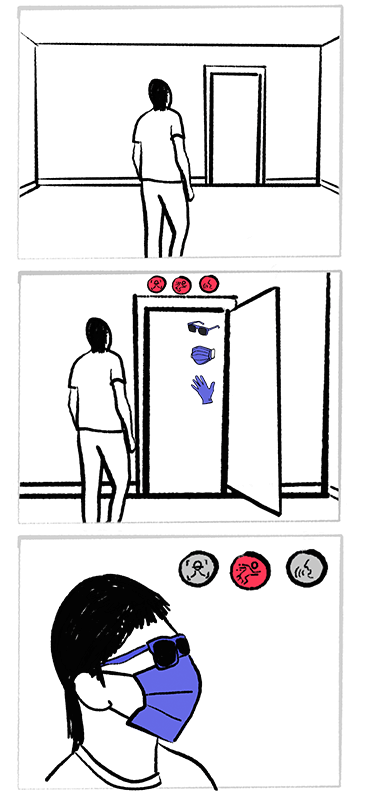How might we...
...inform people of the value of sharing their data while addressing their concerns around how it’s being processed?
This pattern is a co-created output a Design Jam which took place in Singapore on the subject of Data Transparency and Control in the Metaverse. During the Design Jam, six design teams created simple prototypes which helped deliver better transparency and control over data use in fictional services.
My Meta Farm is a metaverse world that provides a space for people to socialize, create and play games together. The current product is browser based with plans to expand into web3 and XR technology in future releases, offering people an immersive world that supports rich social interactions, creator tools and multi-user experiences.
In the fourth season of the Singapore Accelerator, an ongoing research collaboration between the TTC Labs team at Meta and the Singapore Infocomm Media Development Authority (IMDA) and Personal Data Protection Commission (PDPC), My Meta Farm focused on addressing people’s concerns and mistrust over personal data capture.
This touched on issues such as the selling of data to third-party advertisers, the inference of emotions for advertising purposes and how data will be used in the future. For a socially rich, immersive product such as My Meta Farm, body-based data plays an important role in facilitating nuanced and embodied interactions that provide a strong sense of social presence – gaining people’s trust and confidence are paramount to engagement and the creation of a rich, multi-user experience.
How might we...
...inform people of the value of sharing their data while addressing their concerns around how it’s being processed?
My Meta Farm’s prototype investigates ways of explaining the value of body-based data in enhancing someone’s avatar appearance and sense of social presence. It also explores providing people with intuitive controls that enable them to easily update their data preferences across rapidly changing contexts.
My Meta Farm Bot
When people first enter the platform, a My Meta Farm bot approaches to explain privacy information and the controls available. This interaction occurs before they enter any social spaces or engage with other users, allowing them to configure their privacy settings in their own time. The bot is clearly identifiable from other users and is available any time throughout the experience to provide assistance or clarity around privacy or data collection.
Privacy Mirror
The Privacy Mirror invites people to stand in front of a mirror and toggle on and off different body-based data types, the effect of which is reflected back to them. This allows people to see how body-based data is used to enhance their avatar, providing them with an understanding of how they appear to other users and the value of a more nuanced appearance.
Privacy Accessories
A set of Privacy Accessories allow people to intuitively turn on and off different body-based data points. In their prototype, My Meta Farm mapped different accessories to the body – sunglasses for eye tracking and a face mask for facial data – supporting people to quickly update their privacy preferences with minimal friction to their experience.

My Meta Farm made use of XR prototyping tools and techniques to capture the embodied and immersive qualities of their solution, bringing it to life through the use of props and video editing. The prototypes developed by My Meta Farm and the other participating companies were later synthesized into learnings and insights to inform a series of UX design patterns focusing on privacy and consent.
The Privacy Accessories design pattern was developed based on My Meta Farm’s prototype.
The Privacy Accessories design pattern makes data controls readily accessible for people via a number of object-based interfaces. The objects function as persistent controls that allow people to intuitively toggle data-sharing on or off for different types of body-based data – sunglasses for eye tracking, a face mask for facial data and gloves for hand tracking. In taking an object-based approach to interface design, the solution allows people to quickly update their preferences with minimal friction to their experience, which is an important consideration in the metaverse where context can change rapidly.